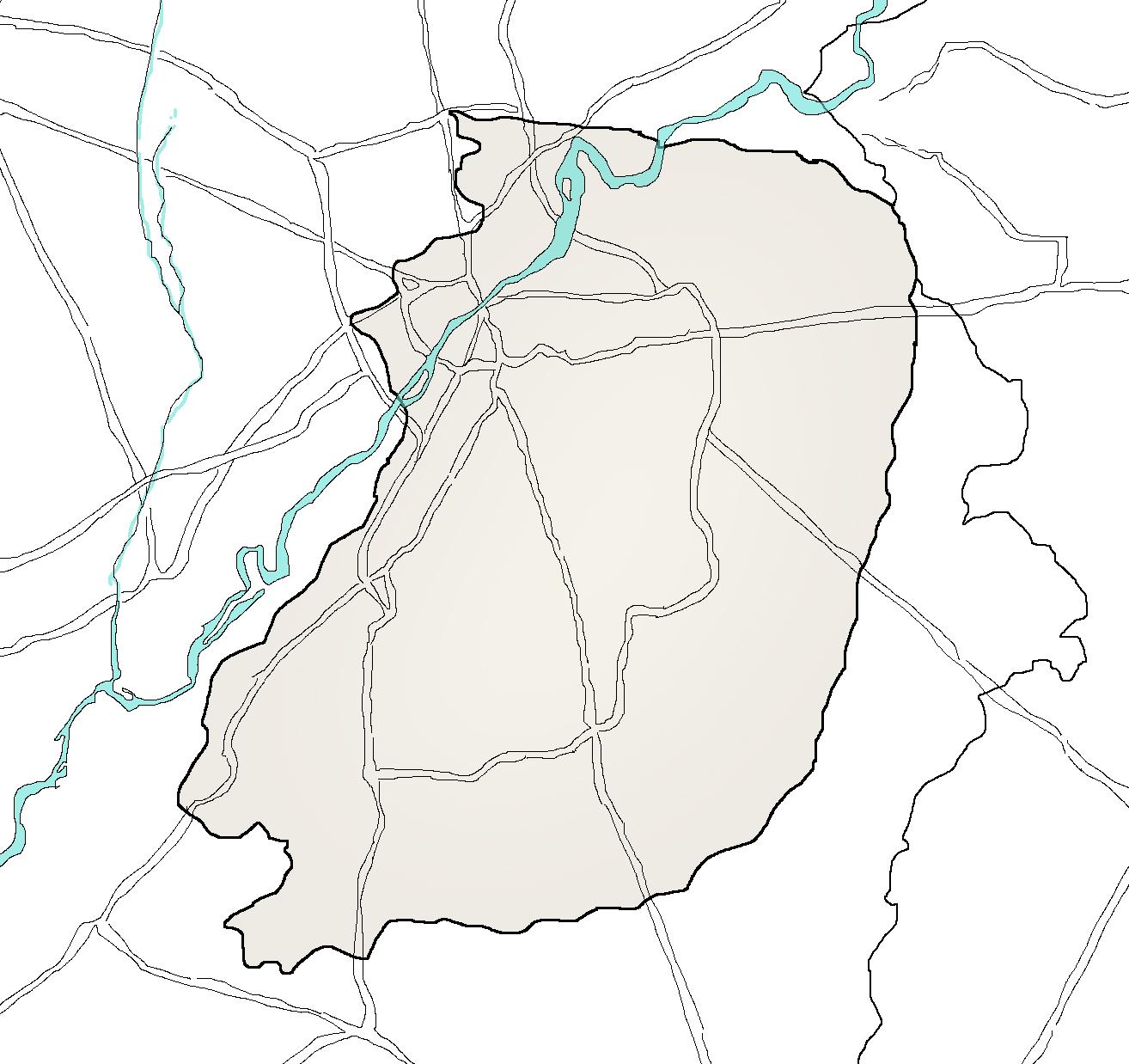
1 minute read
ON THE BANKS OF RIVER RAVI
Lost in its own silent rhythm, the Ravi sings its song. In its undulating flow I see the reflections in my heart— The willows, the world, in worship of God I stand at the edge of the flowing water I do not know how and where I stand— In the wine-colored dusk The Old Man shakily sprinkles crimson in the sky The day is returning to where it came from This is not dew; these are flowers, gifts from the sun Far off, a cluster of minarets stand in statuesque splendor Marking where Moghul chivalry sleeps This palace tells the story of time’s tyranny A saga of a time long spent What destination is this? A quiet song only the heart can hear? A gathering of trees speaks for me. In midstream, a boat hurtles by Riding the relentless currents, Darting beyond the eye’s curved boundary. Life flows on this river of eternity Man is not born this way; does not perish this way Undefeated, life slips beyond the horizon, But does not end there.
The poetry is from ‘On the Banks of River Ravi’, by Muhammad Allama Iqbal – translated by Parizad N. Sidhwa.
Advertisement

Lahore originated along the ancient route from Kabul to Delhi, via Khyber Pass, on the western bank of the unpredictable River Ravi. Like many ancient cities, Lahore was once a Walled City, fortified during the Mughal empire. The city encompassed by a fortress boasts splendors of heritage and architecture. Lahore thrived and survived through the epoch, adapting to the raving demands of its captors and users. The overflow of people, industry, and the congestion dictated Lahore to gradually encroach upon its rural surroundings. Today, Lahore encompasses the Mall Road, boasting deteriorating examples of Indo-Gothic architecture, shaded by massive eucalyptus trees, flowing towards the Cantonment, DHA, and as far and wide as the Bahria Town. It now sprawls, rather gracelessly, over 1770 square kilometers of urban congestion, inhabited by 11 million people.











